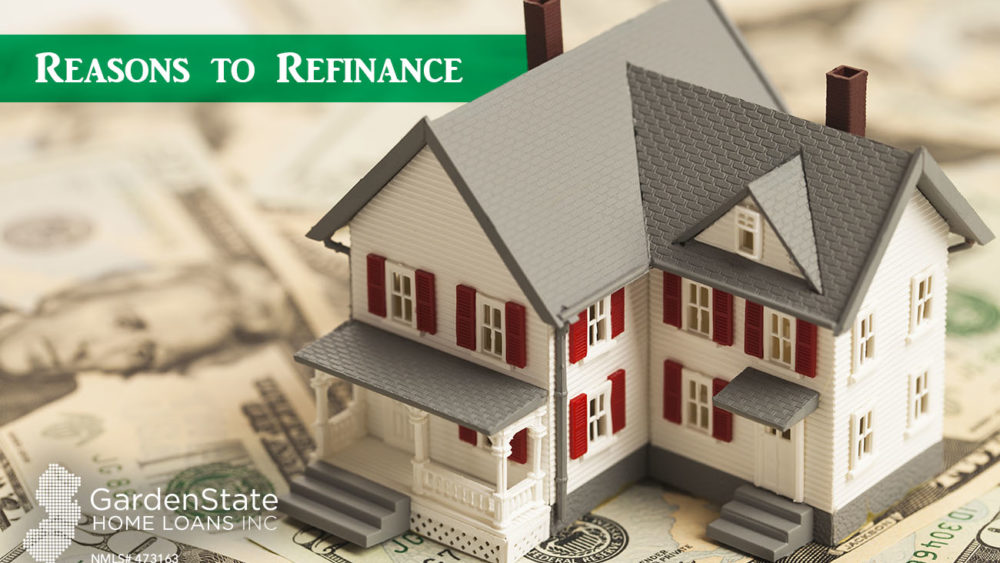
Refinancing your mortgage is a great way to afford your home despite rising rates. This allows a borrower to pay off an existing loan and replace it with new loan.
Reasons to refinance your mortgage:
1. Get a lower interest rate
The most common reason for refinancing a mortgage is lowering the existing interest rate. Reducing this interest rate saves money and increases the rate of building equity in your home. It also decreases the size of your monthly mortgage payment.
2. Convert an Adjustable Rate Mortgage (ARM) to a fixed rate
With an Adjustable Rate Mortgage (ARM), interest rates vary depending on the current economic situation. Some experts forecast future increases in interest rates. Converting to an ARM may eliminate future refinancing when rates drop again. Avoid further risks and convert to a low fixed rate.
3. Shortening the loan’s term
When rates decrease, homeowners can refinance an existing loan for a new loan with shorter terms. For example, for a 30-year fix-rate mortgage on a $100,000 house, refinancing from 9% to 5.5% cuts the term to nearly 15 years. The monthly payment will only change from $804.65 to $817.08. Read our article on the differences between 15-year and 30-year mortgages.
4. Consolidating two mortgages.
Combining two loans could potentially save hundreds of dollars each month. Additionally, it will lock in an interest rate. Home Equity Line of Credit (HELOC) is a type of loan that uses your home as collateral. It allows you to borrow money up to a certain amount based on income and credit score. However, HELOC payments may increase. If you are concerned about increasing rates in the years ahead, consolidate HELOC and your purchase mortgage for one low fixed rate.
Check out our article on types of refinancing loans.


Comments are closed.